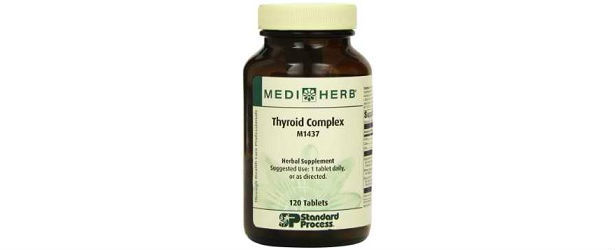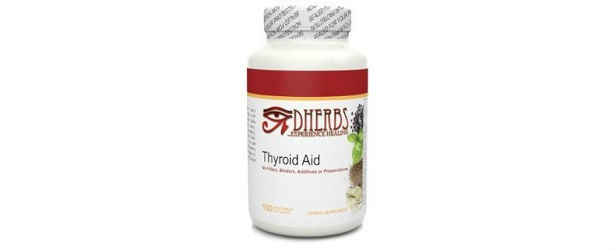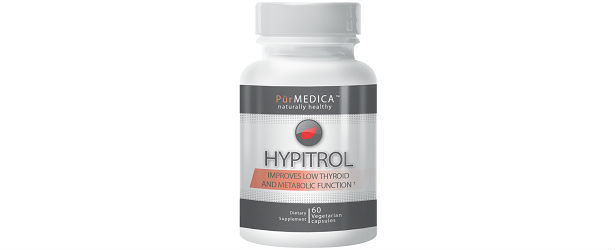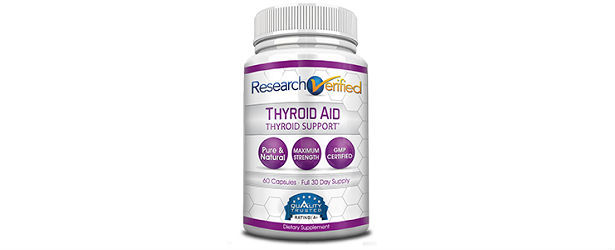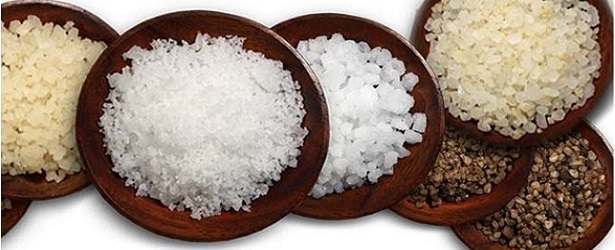
Iodine and Sea Salt
Sea salt is very popular among the foodies due to its peculiar flavor and characteristic texture. It is a natural kind of salt obtained from the salty water of the ocean. Sea salt contain a little more amount of nutrients compared to the ordinary table salt. But, if you want to add a bit more iodine to the diet, iodized salt is a far better option.
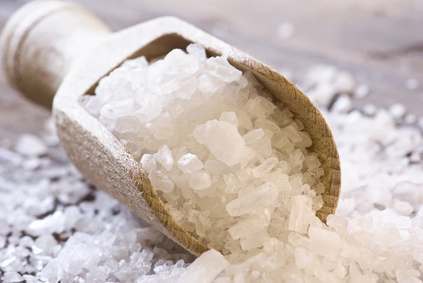 Iodine Content of the Sea Salt
Iodine Content of the Sea Salt
The sea salt contains iodine but its iodine contain is less as compared to the table salt. The reason behind this is that most of the varieties of regular salt are iodinated, that is, extra amount of iodine is added to them. But if you desire a strong flavor and a crispy texture of the sea salt and also require some extra iodine in your diet, you can opt for iodized varieties of the sea salt.
It is very difficult to ascertain the accurate quantity of iodine in iodinated sea salt but generally it is about 71 mcg in every ¼ teaspoon of it.
Table Salt vs. Sea Salt
In spite of the fact that table salt and sea salt have marginally different flavors and textures, their nutritional content is almost similar—even the iodine content—in the case of iodized varieties. Both table salt and sea salt have approximately equal sodium content. Although, table salt has a very fine texture which makes it good for cooking as it easily mixes with the rest of the content of the recipe. On the other hand, sea salt have slight amounts of calcium, potassium and magnesium in it, as it undergoes negligible processing.
Daily Requirement of Iodine
RDA or recommended daily allowance of the dietary iodine in adult, men and women, is 150 mcg per day. For the lactating and pregnant women RDA of the dietary iodine is 290 mcg and 220 mg, respectively. Breast-feeding and pregnant women are more prone to iodine deficiency because of increased demand for iodine in them.
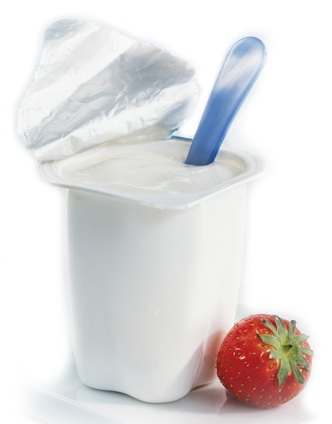 Iodine Sources
Iodine Sources
Besides iodized varieties of sea salt and iodized table salt, a number of food items are also good sources of iodine. Examples include seaweed, seafood and dairy products etc.
- Cod: 3 oz. provides 99 mcg of iodine.
- Yogurt: One cup provides 75 mcg of iodine.
- Low fat milk: One cup provides 56 mcg of iodine.
- Shrimp: 3 oz. provides 35 mcg of iodine.
- Cheese: 1 oz. provides 12 mcg of iodine.
Considerations
It should be kept in mind that consuming excessive amounts of any variety of salt, whether the sea salt or the regular table salt, can cause a rise in the blood pressure and also increase the chances of developing heart disease. In the case of sea salt, about 400 to 590 mg of sodium is present in a quarter teaspoon of it.
According to studies, consumption of sodium should not be more than 1500 mg per day. So, if you love sea slat for its singular qualities, you can use it but beware to use it in moderate amounts to keep you heart and health good.
TOP 5
THYROIDProducts |
|||||
| Thyraid | ThyroMend | Thyrene | SupraHealth | Blue Spring | |
|---|---|---|---|---|---|
| 1 | 2 | 3 | 4 | 5 | |
| Price (1 bottle) Price (6 bottles)best value |
$49.95 $139.80 |
$38.95 $233.70 |
$39.99 $159.96 |
$59.97 $323.84 |
$35.99 $194.35 |
| Overall Rating | 99.50% | 85.70% | 76.60% | 68% | 60.20% |
| Performance* |





|





|





|





|





|
| Speed of Results* | Extremely Fast | Good | Average | Average | Slow |
| Quality of Ingredients | Premium | Good | Good | Average | Average |
| Customer Satisfaction Evaluation | 99.20% | 84% | 74% | 68% | 60% |
| Safety Evaluation | Safe for Use | Safe for Use | Safe for Use | Safe for Use | Safe for Use |
| Customer Service Rating |





|





|





|





|





|
| Reorder Rate | Highest | Good | Good | Average | Average |
| Return Policy | Risk Free | Risk Free | Handling & Restocking Fee | Risk Free | Risk Free |
| Success Rate | 99.20% | 85% | 69.20% | 67.50% | 60% |

 Subscribe Now
Subscribe Now




